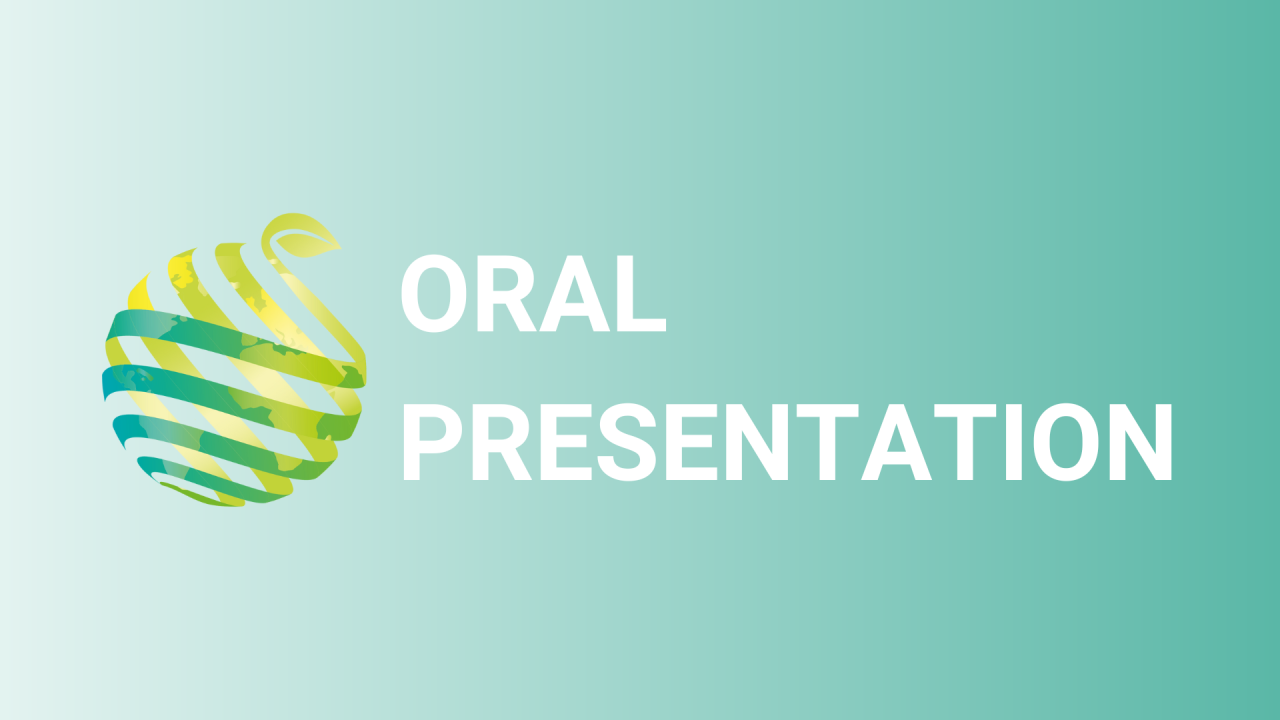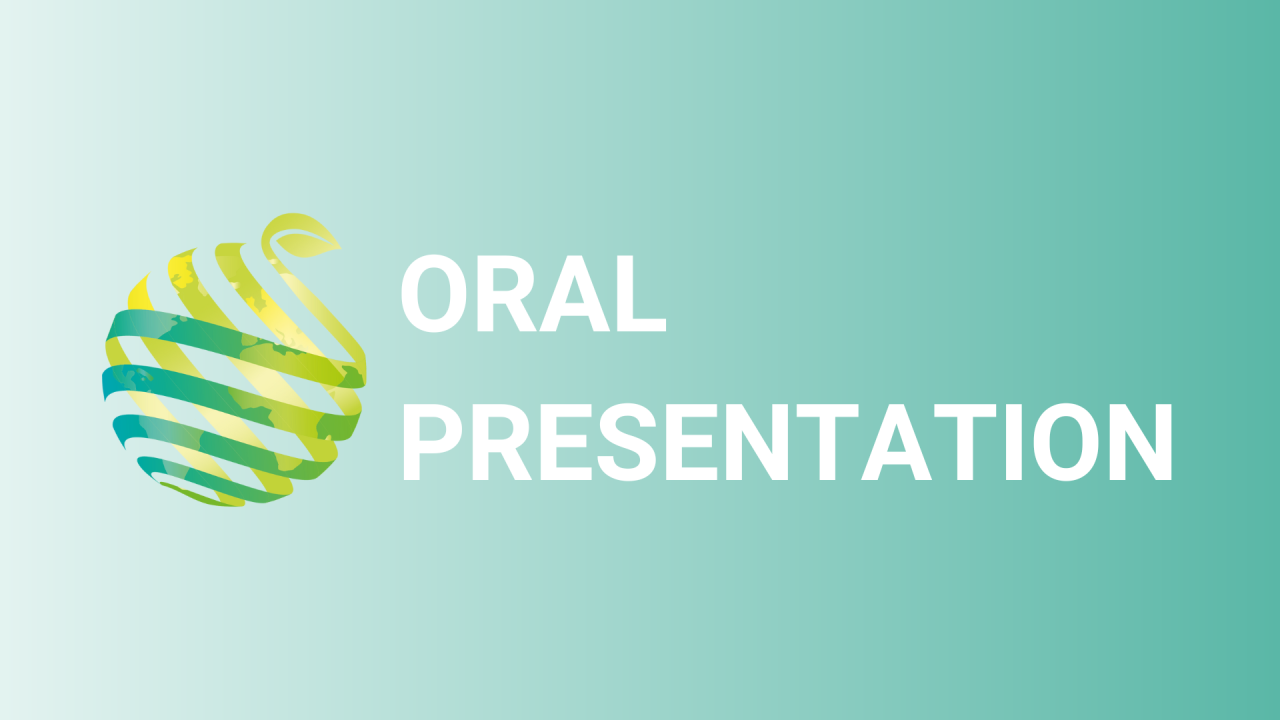

S07 - Session O1 - Keynote: Building integrated vegetation systems - another way for greening densely built cities
Information
Authors: Luis Pérez Urrestarazu *
Today, most of the population is settled in cities, which are growing continuously. This situation is coupled with other global challenges such as climate change or loss of biodiversity. In this context, the role and importance of so-called 'nature-based solutions' to overcome many of these problems in our cities are clear. However, factors such as lack of space due to building density or the high price of land make it difficult to introduce more green areas in our urban environment. Therefore, the use of new forms of green infrastructure which precisely use the building surfaces is becoming common. These are known as building integrated vegetation systems. Although many classifications can be made, two broad types can be considered: green roofs and vertical greening systems. In both cases, there are plenty of commercial systems developed, which vary from the simplest extensive ones to much more complex intensive installations. While not many years ago, the existence of these greening solutions was anecdotic, nowadays their number is growing exponentially. In addition to aesthetic value, they provide a wide range of ecosystem services. Numerous studies demonstrate the benefits attributed to these greening systems, such as mitigation of the heat island effect, energy savings in buildings, improvement of air quality, stormwater retention, and habitat development. They can also be used to grow food and provide green spaces for leisure. However, these systems also have drawbacks, mainly associated with high installation cost and maintenance requirements. Some concerns are also raised in relation to their sustainability or their excessive use of scarce resources such as water.